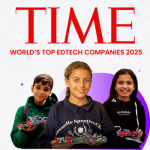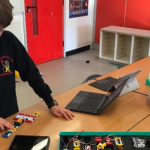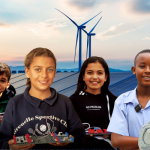This content was last updated on July 9, 2025
In a world defined by rapid change, educators often ask: How can we prepare students not just for today’s challenges, but for tomorrow’s unknowns? STEM education offers an answer, but only when it evolves alongside student needs and real-world demands.
As a leading provider of educational resources, Twin strives to support teachers and students on their STEM journey. Make STEM not just part of your curriculum but a transformative experience for students:

1. Igniting Creativity
How does STEM education support student innovation? STEM encourages creative exploration by integrating science, technology, engineering, and math into open-ended problem solving. Students develop unique solutions, prototype ideas, and approach challenges from interdisciplinary angles—just like real-world innovators.
2. Cultivating Collaboration
How does STEM help students work better together? Group-based STEM projects foster communication and teamwork. Students must divide tasks, share ideas, and work toward a common goal, essential preparation for collaborative problem-solving in both academic and professional settings.
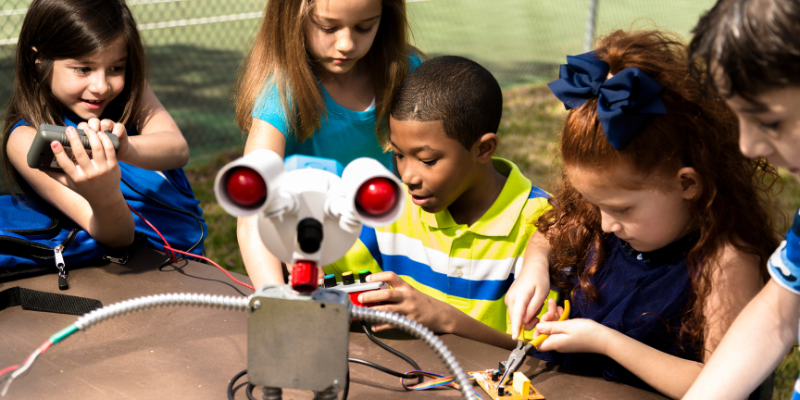
3. Developing Strong Communication Skills
Why is communication key in STEM? STEM learning goes beyond calculations. It helps students articulate complex ideas, listen actively to peers, and give constructive feedback. These communication skills are crucial for presenting solutions, pitching ideas, or working with diverse teams.
4. Nurturing Critical Thinking
By engaging with real-world problems, students learn to analyze situations, test hypotheses, and adapt their approach. These habits strengthen logic, reasoning, and independence, cornerstones of 21st-century learning. The ability to use critical thinking for AI is rapidly becoming a neccesity. Let’s connect to bring values-driven AI learning to your students.
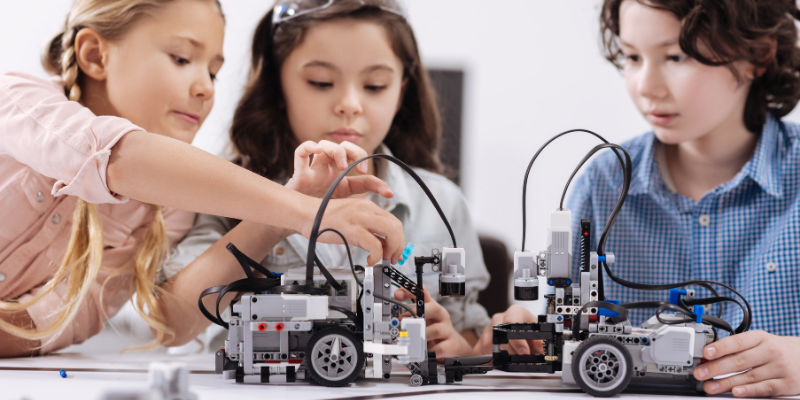
5. Fueling Curiosity
How does STEM spark lifelong learning? STEM encourages students to ask “why” and “how,” driving inquiry-based learning. Whether exploring how AI in Education works or discovering sustainability through engineering challenges, curiosity becomes their most powerful learning tool.
6. Strengthening Cognitive Skills
STEM activities improve memory, attention, and analytical processing. Through coding, robotics, and AI-enhanced learning kits, students practice using their cognitive skills in meaningful, applied ways from an early age.
.
7. Opening Doors to STEM Careers
Early exposure matters. Introducing AI literacy and hands-on STEM tools in primary and middle grades inspires students to pursue careers in science, engineering, technology, and math—fields that are growing faster than any others globally.
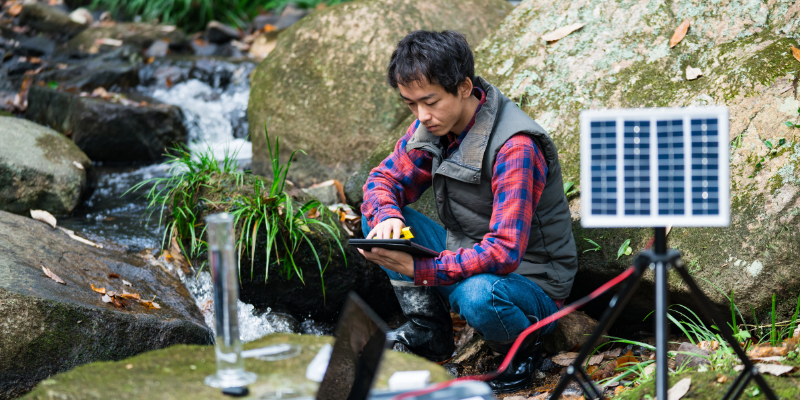
8. Fostering Initiative
STEM projects give students room to take initiative, whether designing prototypes, writing code, or troubleshooting a lab experiment. This builds resilience, autonomy, and a proactive mindset they carry beyond the classroom.
9. Cultivating Media Literacy
As students research and test ideas, they encounter vast amounts of information. STEM teaches them to verify sources, synthesize findings, and question assumptions—a skill set essential for responsible digital citizenship.
10. Supporting Social-Emotional Learning
Working in teams, embracing failure as part of iteration, and contributing to sustainability goals, students develop emotional intelligence. STEM becomes not just intellectual, but deeply human.
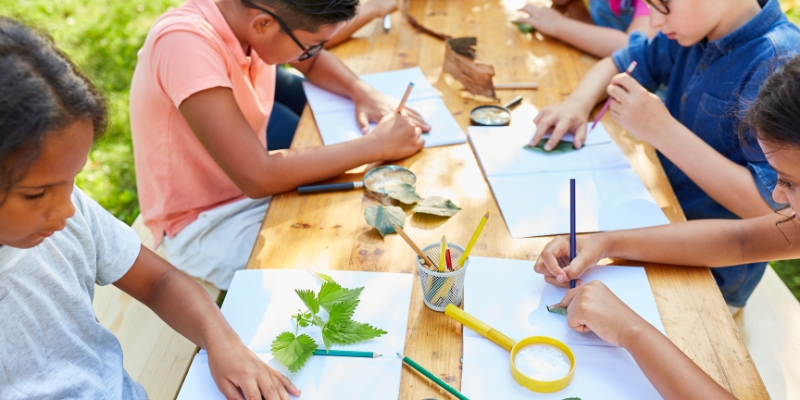
Conclusion: Empowering Classrooms Through STEM
STEM education is more than a subject, it’s a mindset. It empowers students to think critically, solve problems creatively, building a generation of students shaped by curiosity and collaboration. These skills will prepare the students for not only a STEM based, but also an AI based future. You have the chance to start preparing your students for the future today.
Start the conversation to explore real-world STEM in your classrooms.
Rachel TurnerEducator


